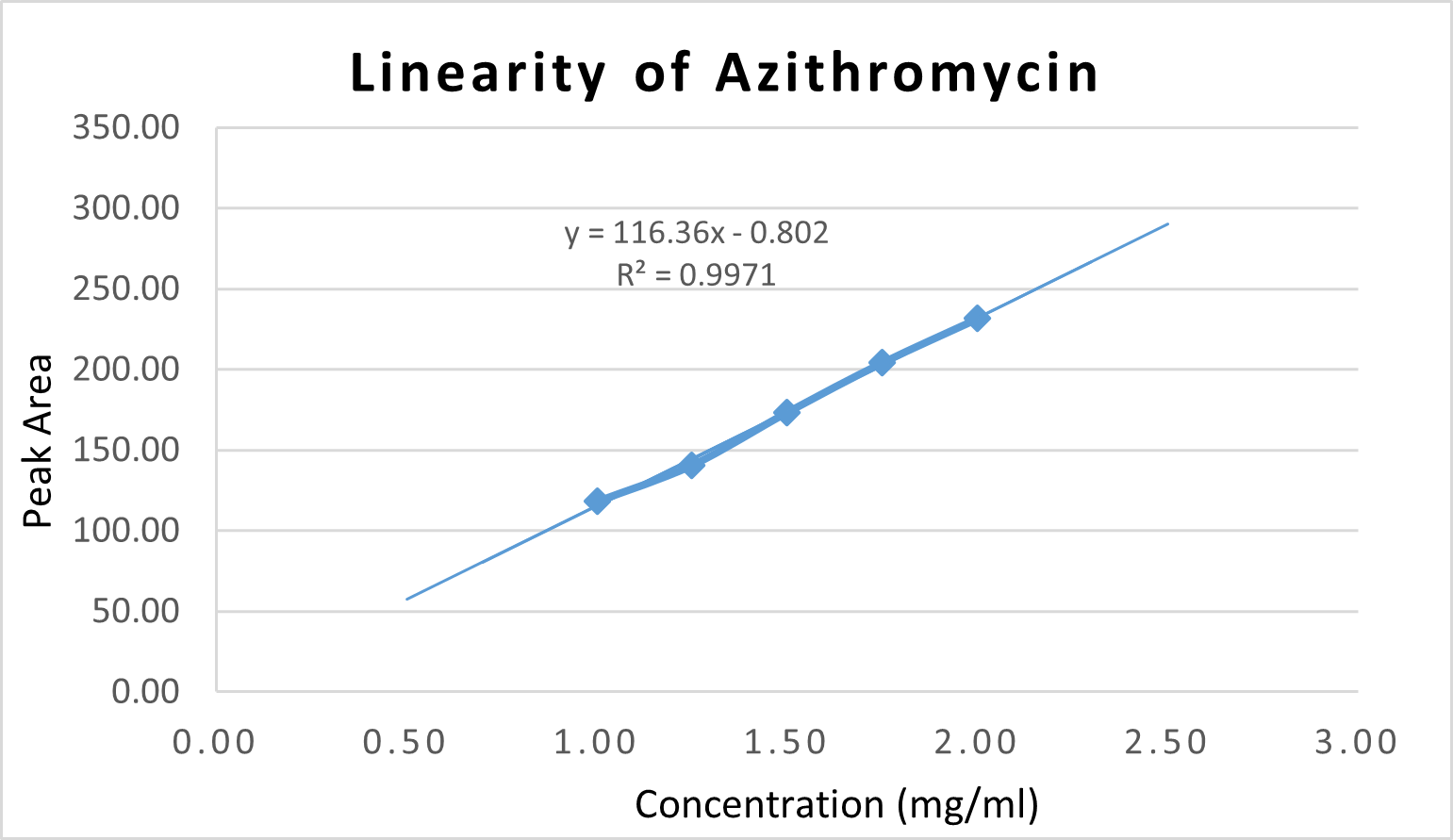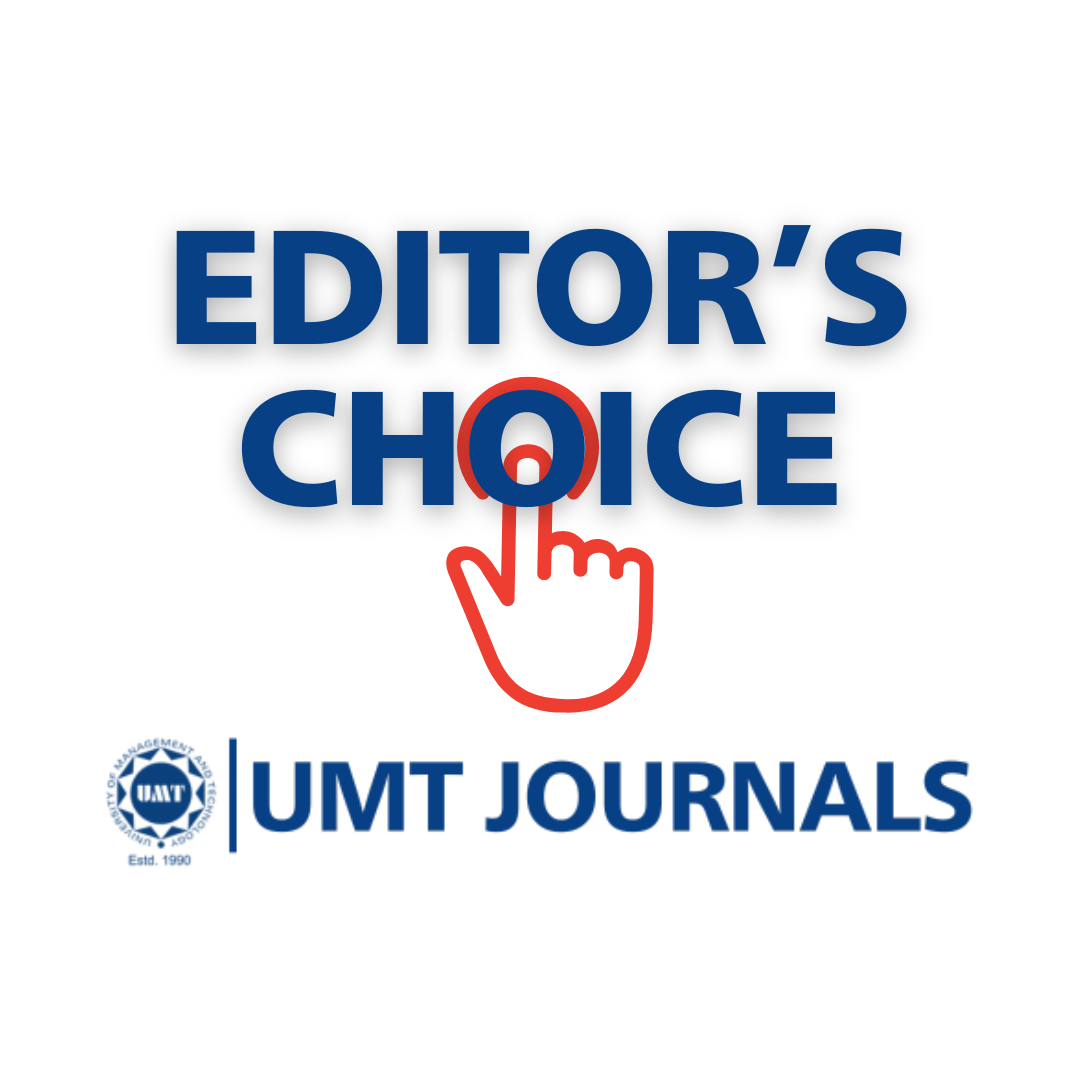Preparation and Evaluation of Nanoemulsion-based Aerosol Formulation for the Pulmonary Delivery of Azithromycin
Abstract
 Abstract Views: 0
Abstract Views: 0
Azithromycin (AZM) is an effective macrolide antibiotic against pathogenic microorganisms causing respiratory tract infections. AZM is not only effective in the exacerbations of Chronic Obstructive Pulmonary Disease (COPD) caused by bacteria but has also shown antiviral effects on SARS-CoV-2, making it an ideal candidate to empirically treat the coronavirus disease. The drug is a lipophilic molecule which belongs to BCS class II with a relatively low oral bioavailability of 37%. This brings forth the need to formulate a novel drug delivery system to directly target the respiratory tract by aerosolization. The aerosolization of AZM improves its antibacterial efficacy, lowers the dose, and avoids systemic side effects. These traits reduce the likelihood of antibiotic resistance. Three nanoemulsions (NEs) of AZM were made using eucalyptus, lavender, and peppermint oil as solvents, distilled water as aqueous phase, and Tween 20 as surfactant. All the formulations were made using a similar technique, that is, shake flask method. The characterization of all formulations was performed including visual inspection, number of flask inversions, percent transmittance, emulsification efficiency, thermodynamic stability (heating-cooling cycle, centrifugation, freeze-thaw cycle, cloud point measurement), pH, refractive index, viscosity, droplet size analysis and PDI, spray efficiency, and spray acuity/capacity. Then, the NE formulations were aerosolized. These aerosolized NEs of AZM can help to deliver the drug directly to the infected lung cells. The therapeutic effect can be achieved rapidly at a relatively low dose using an aerosol formulation. This study suggests that optimized aerosolization of NEs can be used to effectively deliver AZM to the respiratory tract.
Downloads

Copyright (c) 2025 Bisma Kiran, Qazi Amir Ijaz, Nasir Abbas, Amjad Hussain, Nadeem Irfan Bukhari

This work is licensed under a Creative Commons Attribution 4.0 International License.
UMT Journals are dedicated to fostering knowledge sharing, collaboration, and responsible use of published content. To facilitate these principles, UMT Journals publish articles under specific licenses that define how readers, researchers, and the broader community can use, share, and build upon the published work. Authors retain the copyright to their work while granting UMT Journals the right to publish the article under a specified license.









